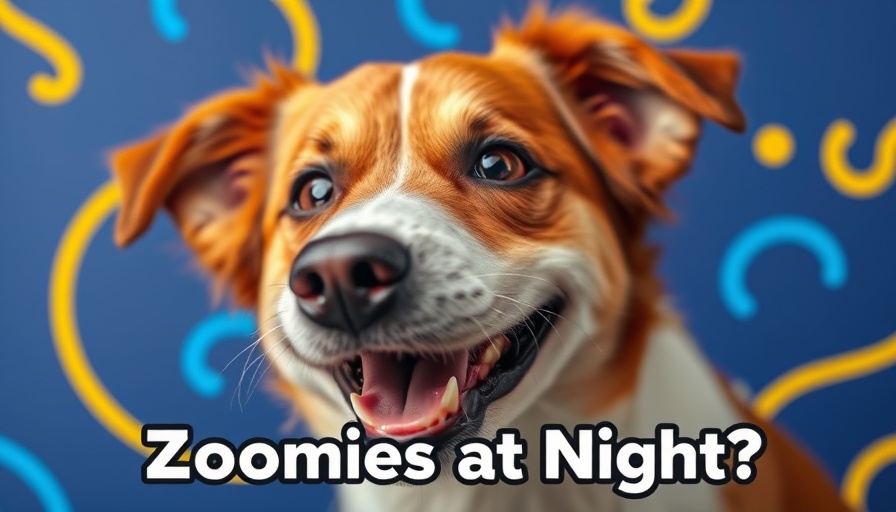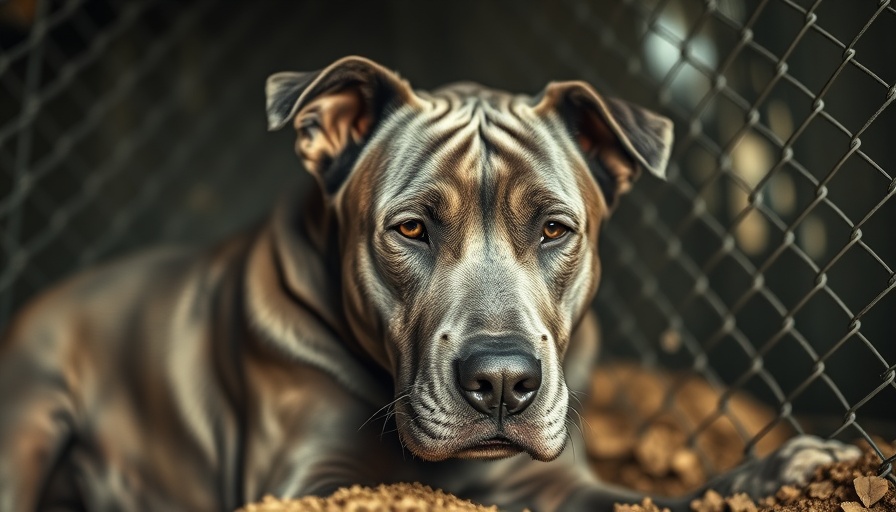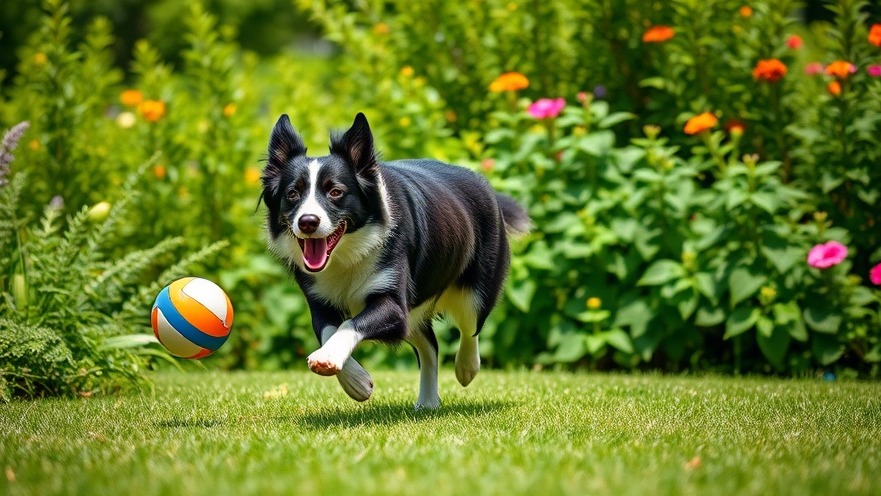
The Extraordinary Role of Human Remains Detection Dogs
When we think of dogs, our minds often conjure images of playful companions, loyal protectors, or insightful service animals. However, there exists an extraordinary breed of canine companions—human remains detection dogs. These dogs are trained not just to fetch or guard; they are trained to find human remains, providing invaluable assistance during searches that can bring closure to grieving families and communities.
The Training and Skills Required for Success
The training process for human remains detection dogs is intricate and specialized. Handlers like Kim Cooper of Ottawa Valley Search and Rescue dedicate years to mastering their dogs' unique capabilities. According to Kim and fellow expert Cat Warren, a New York Times bestselling author, the bond between a handler and their dog is crucial. Handlers must develop keen observational skills and emotional intelligence to read their dogs and respond to their needs during challenging searches.
Historic Searches and Community Bonds
One of the most significant aspects of using detection dogs lies in their ability to assist with historic searches, particularly at sites like former residential schools in Canada. Kat Warren and Kim Cooper emphasize not just the skills of the dogs but the emotional weight these searches carry. The community's involvement and oral histories can inform searches, allowing the dogs to lead with a profound understanding of their surroundings. This revelation illustrates the critical importance of blending modern techniques with traditional knowledge.
Case Studies: Success Stories of Recovery
Across North America, successful recoveries highlight just how essential these dogs can be. For instance, dogs trained for both newly buried and historic remains have played pivotal roles in unveiling truths long buried. This can help bring justice to families whose stories may have otherwise remained untold. These case studies illustrate not only the dogs' capabilities but also the emotional responses they elicit in human families during reunions with lost ones.
The Dogs Behind the Heroics: Best Breeds and Traits
When it comes to the best breeds for this sensitive work, there are some clear favorites. Larger breeds with a keen sense of smell, such as Bloodhounds and German Shepherds, are often highlighted. However, every dog is a unique individual, and temperament plays a crucial role in their effectiveness. Their personality, adaptability, and eagerness to work can make all the difference in the field.
Tools and Techniques for Success
Beyond the dogs themselves, the tools and technology available for detection have also evolved. Handlers now often use scent discrimination techniques along with advanced tracking gear to assist during searches. This combination enhances the probability of successful finds and fosters trust between the handler and the dog, promoting a partnership that thrives on collaboration.
Looking to the Future: Innovations in the Field
As we look to the future, integrating new technologies will likely become commonplace in the world of human remains detection. The fusion of canine skills and drone technology, for example, could open up new avenues for searches over larger terrains, helping in urban areas or disaster sites where traditional searches might struggle.
Join the Conversation
The discussions surrounding human remains detection dogs continue to grow, and we invite readers to get involved. Whether you’re a seasoned dog owner, a community leader, or just curious about this unique field, there are ways to help support initiatives dedicated to these dogs and their handlers. Community initiatives often welcome volunteers and supporters who can amplify their efforts to provide closure and justice.
With dog training evolving and expanding, stories of human remains detection dogs remind us of the profound bonds we share with our canine counterparts and the exceptional contributions they make to society. Their work is not just about finding remains; it’s about healing and bringing families closer together.
 Add Row
Add Row  Add
Add 




 Add Row
Add Row  Add
Add
Write A Comment